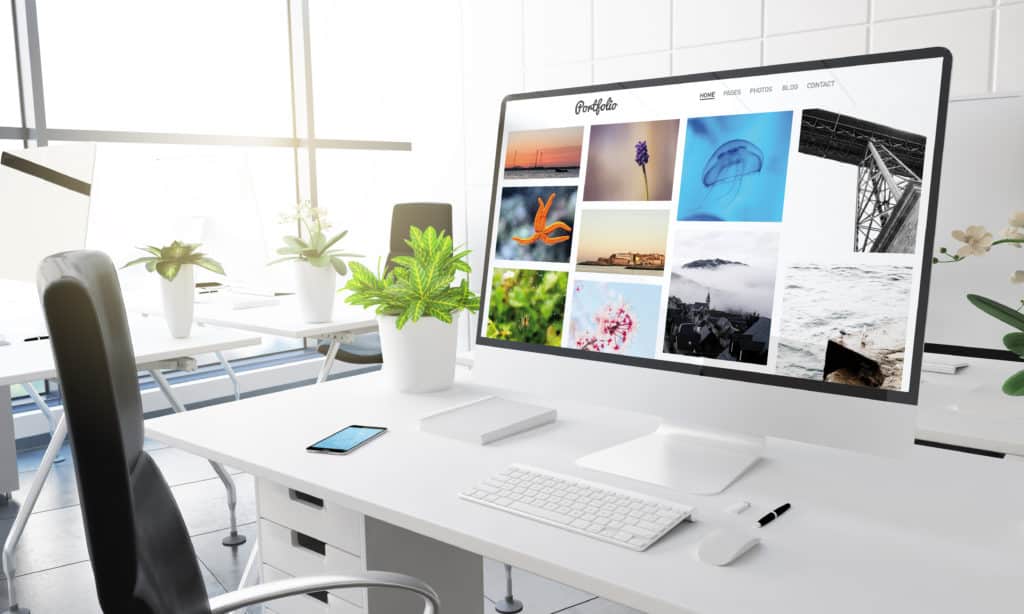
The current events of the world have moved mass majorities of the workforce to be remote. As we face this time period of adjustment and uncertainty, we’re here to let you know that candidates and clients alike are adapting. Not only is this going to be the new normal for the foreseeable future, but leaders are realizing that their companies and their employees need to have better flexibility to work remotely.
Our clients have changed their procedures for interviews and are now hosting the process virtually (link out to video tips). The first question you might be asking yourself is, “are people actually hiring?” and the response is YES! We have clients who are thriving and actively hiring, as well as companies who are being proactive for when the world begins to change over to the new “normal.”
As we’ve been supporting our candidates on moving towards virtual interviews, we’ve also been helping them prepare all other materials so they can be delivered digitally. If you have a role in a creative field, you should be proactively creating and/or updating your digital portfolio. Check out our top tips and recommendations:
- FIND YOUR PLATFORM. There are a multitude of platforms to choose from, each having their own special features. Do your research – find out what works best for you and the image you are looking to create as a candidate. Some platforms that are cool and current:
Carbonmade // Vimeo // Coroflot // Wix // Squarespace // Adobe Portfolio
- TELL A STORY. Every portfolio should tell a story. Figure out what yours is before and during the process of making your digital version. Think about it this way, when you go through your work in person, you will normally speak to your process, exploration, ideation… how did you arrive at the finish line of a task/project? What did that process look like?
- LESS CAN BE MORE. Your portfolio should be clean, concise, and easy to navigate. There is nothing worse than having trouble navigating through a portfolio and it not being user friendly.
- COPY IS JUST AS IMPORTANT: Your titling/descriptions should pair well with your visuals and be self explanatory.
- KEEP IT FRESH: Old and irrelevant work should be removed! Keep it modern. Just like a resume, it should be kept up to date with what you have been working on and what skills you are looking to highlight.
- KNOW YOUR AUDIENCE: Think about your career experience and desired path – craft AROUND this. If you work in fashion/design, clients really want to see hand sketches/computer sketches. In the case that you are a graphic designer and are seeking a digital role, you should put that work at the forefront of your portfolio.
- SHOW YOUR RANGE: It’s so important to share all of your skill sets – especially ones that you want to be utilizing. You don’t want recruiters or hiring managers wondering whether or not you have experience in one of the areas included in the job description.
- BUILD YOUR PERSONAL BRAND: When you have down time, time in between jobs, or are looking to utilize your current time at home, create some small projects for brands you would like to work with, or projects that are relevant to what you want your brand to reflect. This is great to have on hand to share that is relevant for a company you would like to work with!
Want additional help or to be connected with our team to help answer more questions? Email us here: Careers@JBC.team or apply directly to our open roles.

